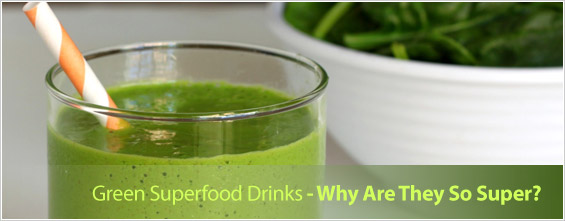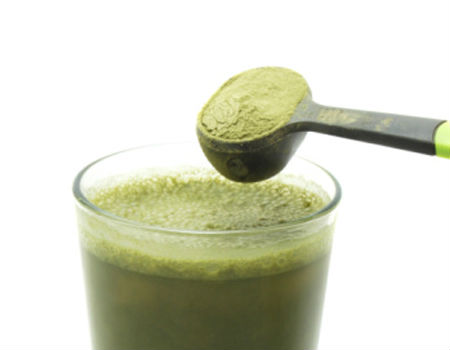Riddle me this: what’s green, known for having super powers, tastes like the bottom of a pond, and claims to give your immune system a boost when under attack?
No, it isn’t one of your grandkids’ superheros. We’re talking green superfood powder. Yep, the stuff once pegged as something for your holier-than-thou hippies, is now making it big in the mainstream market, but does it do what they claim and do you really need it?
A lot of green goodies contain a mix of the ocean’s offerings. “Micro algae are the start of the ecosystem, which is why they are so nutrient-dense,” says nutritionist Zoe Bingley-Pullin.
“They’re also natural and more bioavailable, meaning they’re absorbed more effectively,” she adds.
Considering many of us start the day downing burnt toaster offerings, a quick nutritious drink that doesn’t require kitchen labour makes a lot of sense.
“The food we usually consume is heavily processed and lower in enzymes and antioxidants, meaning we’re more likely to have free radical damage or oxidative stress on the body,” says Bingley-Pullin.
“Green foods act as a counter balance.”
Hard-hitting research on the these magic green powders is hard to come by, but one study published in Nutrition found a group of smokers who took chlorella (a common ingredient in green powders) supplements for six weeks increased their plasma vitamin C status by 44 per cent, improved antioxidant activity, and significantly decreased DNA damage.
How is it different to a multivitamin?
For starters, it’s au naturel.
“I call super green products [such as spirulina] Mother Nature’s multivitamin, says nutritionist Lola Berry. “It’s a wholefood for the body that isn’t made in a lab.”
What’s more, they’re ahead of their time, says Women’s Health nutrition expert Kristen Beck.
“When it comes to multivitamins, we’re relying on what we already know is important to our health. Down the track, research might identify another nutrient that we’ve been missing in, say, apples. Superfood or plant-based sources have things we haven’t yet discovered as good. That’s the value of those foods.”
“Nutrition is like fashion – there’s no rhyme or reason; it comes down to marketing,” says Beck.
“Marketers are targeting a new audience, but green powders were popular in the ’90s. Before that, it was apple cider vinegar. Green powder isn’t new.”
A stickler for the rules. Or not…
Reading the back of a green tub, you may notice a plethora of cure-all claims – everything from better brain function to muscle recovery – but is it really too good to be true? Maybe.
“If you create a supplement you have to get Therapeutic Goods Administration (TGA) approval and verify the ingredients and their potency,” says Beck.
“There’s a bible of claims you’re allowed to make under the TGA but if it’s marketed as a food, as many of these green powders are, there’s a wider gamut of claims you can make.”
Take-home message? Be smart when shopping. And remember, you can have too much of a good thing.
“If taken in excess (we’re talking multiple heaped teaspoons daily) it’ll make you go to the toilet a lot,” says Beck.
“Some people like that because they think it’s working, but it’s possibly stripping out other nutrients with it. If you’re increasing your digestive processes, you may increase bowel transit time and decrease absorption of other foods,” she says. So stick to the recommended amounts.
The verdict is in
If you’ve damaged your diet with quick and convenient processed foods, these powders can give you a boost.
But before thinking they’ll be your magic potion, remember this: they’re safe and healthy, but don’t think of them as any more than a daily multivitamin, says Beck.
Bingley-Pullin agrees: “None of these products start the cleansing effect; you have to cut the crap from your diet – it helps support the process.”
The bottom line? There’s nothing wrong with jumping on the green bandwagon (hey, who doesn’t love a hit of antioxidants?) just don’t expect them to remedy all your wellbeing issues.
“We should be getting our nutrients from a healthy diet. It sounds boring but at the end of nutritional labels, they always say, ‘as part of a balanced healthy diet’,” says Beck.
Hot flavour tip
Yep, they taste like the bottom of a pond, so before sprinkling a cup on your muesli, remember this: “These green things are made from either grass, seaweed or algae so they won’t taste great unless they’ve had things added to them,” says nutritionist Lola Berry.
Try mixing them with a vegie juice or do it in a shot glass – a small amount, followed up by water or breakfast.
























Add Comment